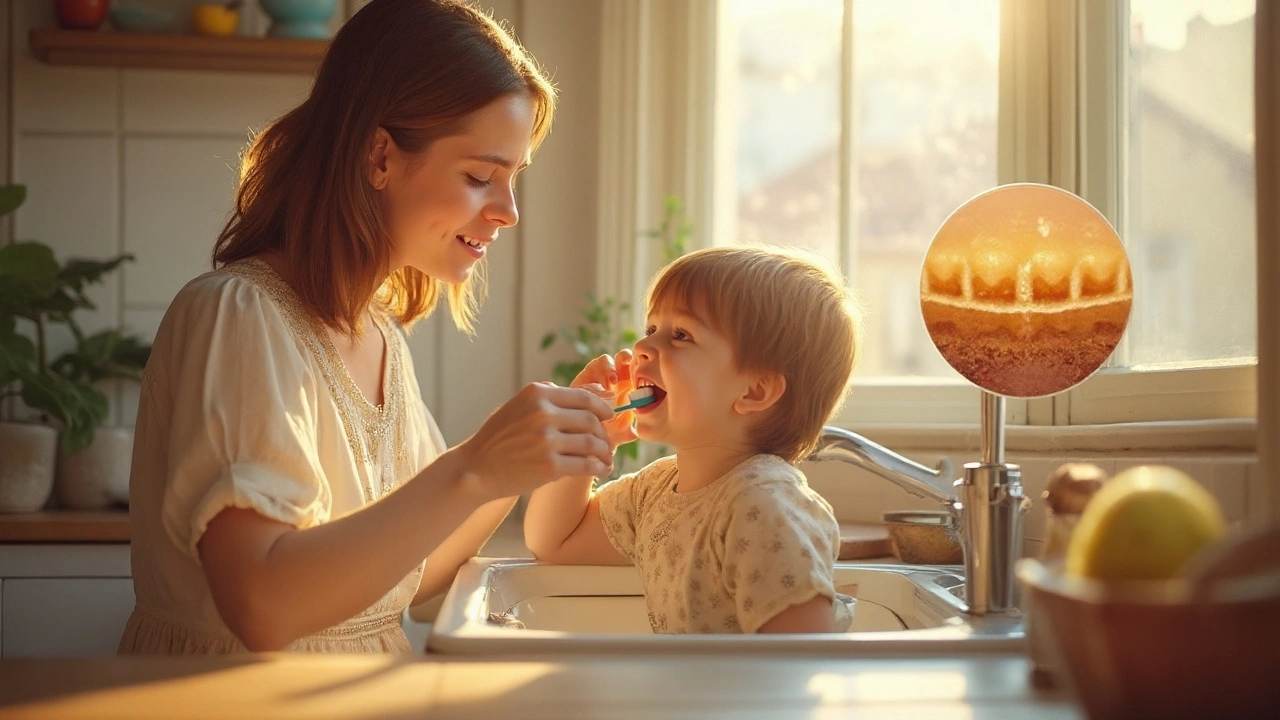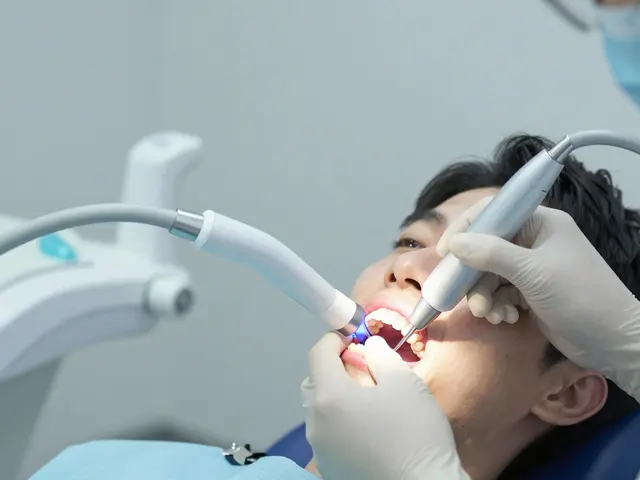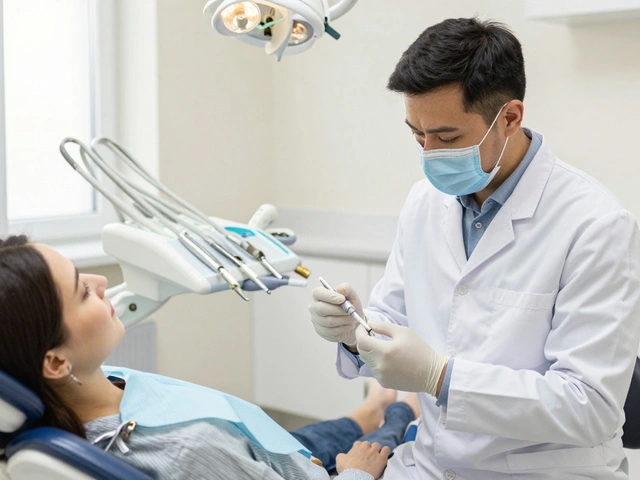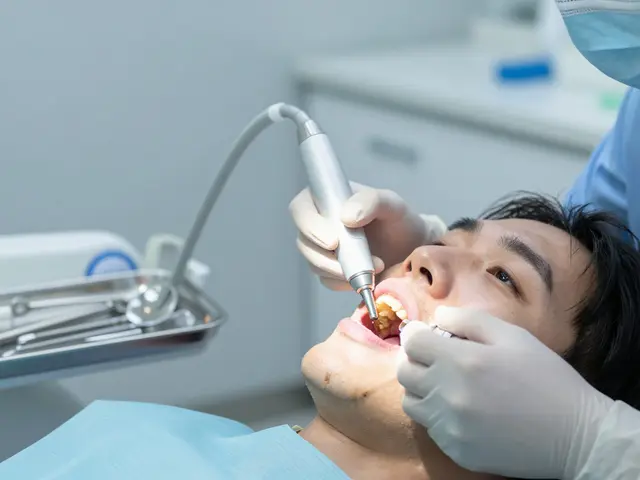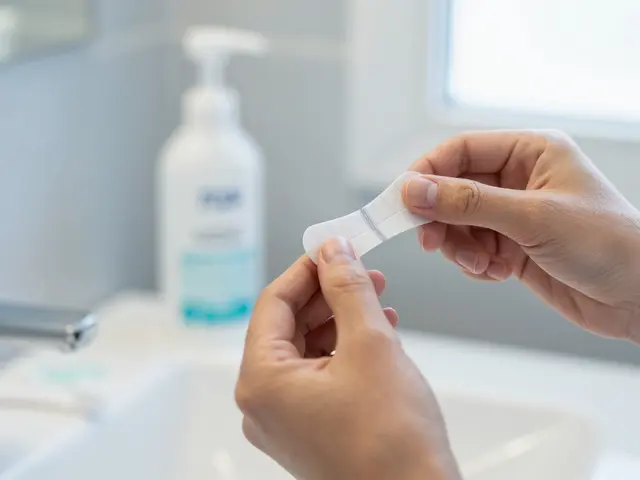Biofilm – Co je to a proč na něm záleží
When talking about biofilm, tenká vrstva bakterií, slin a organických zbytků, která se usazuje na povrchu zubů a dásní. Also known as zubní biofilm, it creates the perfect environment for plaque formation and can lead to dental problems if not managed properly. In everyday language we just call it "plak", but the reality is a bit more complex.
Biofilm encompasses zubní plak, viditelnou část biofilmu, která se tvoří během několika hodin po jídle. Plak is the first step toward zubní kámen, zatvrdlou formu biofilmu, která se přichytí k povrchu zubu a nelze ji odstranit běžným kartáčkem. When plaque isn’t removed, minerals from saliva crystallize and turn it into stone, which then triggers gum inflammation and tooth decay.
Controlling biofilm requires dentální hygienu, soustavu návyků a nástrojů jako je kartáč, nit a mezizubní kartáčky. Good hygiene removes the soft biofilm before it hardens, while professional methods like pískování zubů, šetrná mikroabráze, která odstraňuje povrchové skvrny a část plakové vrstvy can break down tougher deposits. Together, these practices create a feedback loop: less biofilm → less plaque → less stone → healthier gums.
Praktické tipy, jak udržet biofilm pod kontrolou
First, brush at least twice a day with a fluoride toothpaste. Use gentle circular motions and don’t forget the gum line – that’s where biofilm loves to hide. Second, floss or use interdental brushes daily; they reach spaces a regular brush can’t. Third, consider a professional cleaning every six months. The dentist will use ultrasonic scalers and, if needed, pískování, to remove hardened biofilm that home care can’t touch.
Another useful tool is an antimicrobial mouthwash. It reduces the bacterial load and slows down biofilm regrowth. However, it’s not a substitute for mechanical cleaning – it works best as a supplement. If you struggle with plaque buildup, ask your dentist about a customized plaque‑control plan that might include more frequent cleanings or targeted treatments.
Remember that diet also influences biofilm. Sugary and starchy foods feed the bacteria, causing rapid plaque formation. Try to limit snacks between meals and rinse with water after eating sweets. Drinking plenty of water helps wash away food particles and keeps saliva flow optimal, which naturally combats biofilm.
Finally, pay attention to warning signs. Persistent bad breath, bleeding gums, or a gritty feeling on tooth surfaces often indicate excessive biofilm. Early intervention prevents the cascade that leads to cavities, gum disease, and eventually tooth loss.
In the list below you’ll find articles that dive deeper into each of these topics – from detailed guides on pískování zubů to tips on selecting the right interdental brushes. Together they form a comprehensive toolbox for keeping biofilm at bay and preserving a healthy smile.

